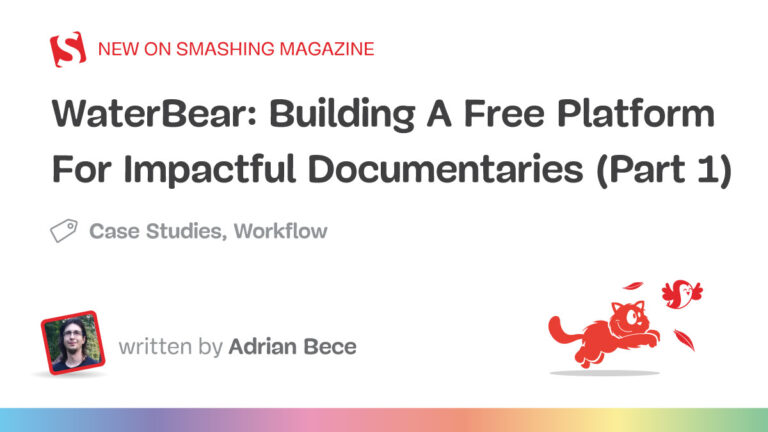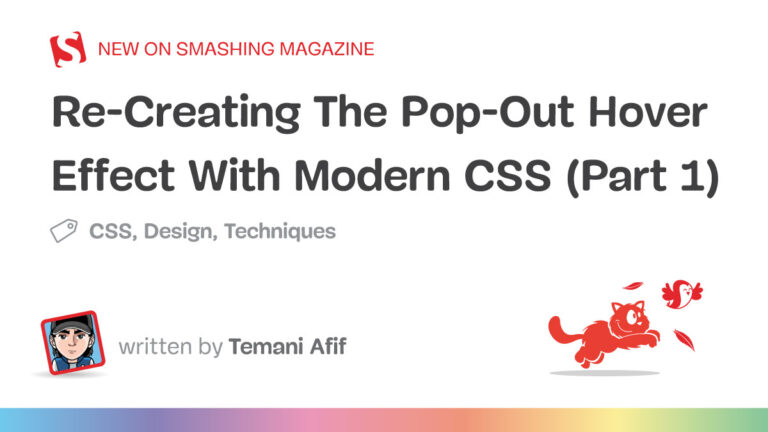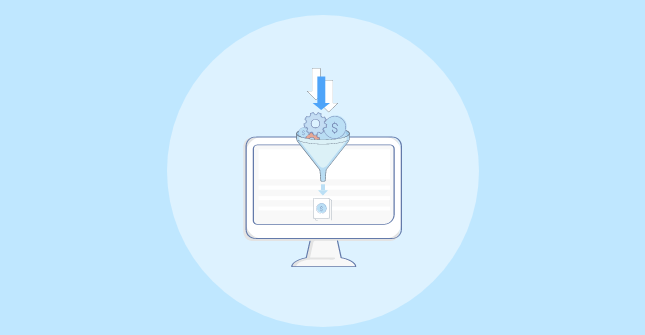Web designers can spend a lot of time performing maintenance tasks. It may even be the primary service provided by some. It makes perfect sense, as booking maintenance-only clients can provide a steady source of revenue.
But maintenance is a unique niche. It typically doesn’t provide the large payouts that new builds offer. Plus, a client’s needs can vary quite a bit.
Some websites require constant attention. Others may only need a periodic software update. That means some maintenance clients are more profitable than others.
With that, you’ll want to target clients who fit your goals. Not everyone will be a match, however.
Much depends on how busy you want to be and how much you want to charge. Then there’s the matter of who built the website. Some designers won’t touch a site built by someone else.
Are you looking for maintenance-only web design clients? Here are some things to consider, along with how to determine your business goals.
Does The Website Fit Your Niche?
The first factor involves how a client’s website fits your niche. For instance, let’s say that you specialize in websites built with Webflow. Ideally, you’d like to book clients that work with the content management system (CMS).
Maintenance clients can provide a path to expanding your horizons, however. Picking up a WordPress client could better familiarize you with the software.
Still, you’ll want to consider the consequences. A site that’s unlike the others on your roster requires special attention. You may spend significant time researching tasks. And it could cut into your profit margin.
That may be fine if you’re planning to expand your services. The experience of learning another CMS can prove valuable in the long term.
Otherwise, staying within your niche is usually the way to go. That is unless you want to invest the time to learn something new.

How Much Work Is Expected?
Maintenance clients can run the gamut in terms of need. Those using WordPress will have a baseline of work. The core software, theme, and plugins will need routine updates. But things can scale quickly.
eCommerce websites require a lot of attention, for instance. You’ll want to test software updates on a staging environment. And troubleshooting problems are often more complex.
News and membership-based sites also fit this category. They tend to be frequently updated. And clients may be looking to roll out new features regularly.
These types of clients can be a boon for revenue. You might charge a significant monthly or yearly fee. The right opportunity could transform your business.
But you’ll also need to balance that against your time limitations. How many large-scale clients can you manage? A solo freelancer or small agency may have difficulty here.
It may be that you work with clients across the spectrum. Or you could focus solely on one type of website. The key is becoming comfortable with your workload.

- Google Ad Manager Launches Programmatic Email Ads
Google Ad Manager has quietly published documentation for a beta version of an advertising tag for email newsletters.
Email ads are cookie-proof. They do not depend on third-party tracking cookies for targeting. The end of tracking cookies in web browsers (as soon as 2025) has publishers and advertisers searching for new channels.
Email’s targeting capability could be the primary reason GAM is adding support. - Multilingual WordPress Sites to Reach a Global AudienceIf you are seeking to broaden the reach of your WordPress site to target an international audience, the following discussion on the leading multilingual WordPress plugins will be of interest. The plugins to be covered include WPML, Polylang, Weglot, TranslatePress, and GTranslate.
- How to Reset Forgotten Root Password in RHEL SystemsThis article will guide you through simple steps to reset forgotten root password in RHEL-based Linux distributions such as Fedora, CentOS Stream, Rocky and Alma Linux.
- VMware NSX Multi-tenancy; True Tenant Isolation?What is VMware NSX multi-tenancy? Historically multi-tenancy in VMware NSX was a Tier-0 gateway, otherwise known as the provider router, with one or many child Tier-1 gateways.
- How To Install Elasticsearch On RunCloudElasticsearch is a powerful, open-source search engine and analytics platform for storing, searching, and analyzing large volumes of data in real time.
- WooCommerce vs BigCommerce: What’s the Best Choice?If you’re starting an online store, one of the first decisions you’ll need to make is the eCommerce platform you’re going to use.
- Top WordPress Backup Plugins to Safeguard Your Website Data and Ensure RecoveryGiven the abundance of backup plugins available, the process of selecting the most suitable one can be daunting. This article aims to examine prominent WordPress backup plugins such as UpdraftPlus, BackupBuddy, BlogVault, among others.
Is the Website Worth Your Time?
A lot of web designers work with small organizations. These clients offer valuable learning experiences. And their maintenance needs tend to be minimal.
This arrangement is beneficial if your core focus is on building new websites. You can earn a little extra money along the way. Meanwhile, your expected workload will be minimal.
It doesn’t always work out this way, though. The prevalence of malware means that a security issue can happen at any time. And cleaning up a hacked website can be arduous and time-consuming.
Compatibility issues can also come into play. Websites built with PHP may have to be tweaked as new versions are released. And keeping up with the latest version of a CMS can also be tricky.
Therefore, it’s not wise to consider these clients as “easy money.” You may not touch their site daily. But they could still require significant work down the road. Keep this in mind as you weigh the pros and cons of working with them.

Who Built the Website?
There’s no accounting for quality when inheriting a website. You can’t know every step the original designer took. Did they follow best practices?
You may not find out until a problem arises. That can lead to a wild goose chase of sorts. You’re stuck digging through code, trying to identify what went wrong.
Some designers are understandably uncomfortable with these situations. No one wants to be on the hook for fixing someone else’s mistakes. Thus, they avoid these websites at all costs.
It’s something to think about. If you’re comfortable with the risks, sign on. Explain the situation to your client. Conduct a thorough review to try and catch potential issues. You may not find everything. But the process could provide some peace of mind.
Also, be sure to charge accordingly. There’s no telling what’s going on beneath the surface.

Find the Right Website Maintenance Clients
Maintaining websites can be lucrative. But it still pays to be choosy. Picking the wrong clients to work with can negatively impact your business.
Think about your ideal website maintenance situation. How much work do you expect? How much revenue would you like to bring in? Most importantly – does the website fit within your niche?
The idea is to build a business that runs smoothly. Too much technical variety can send you scrambling. And you may not have enough time to handle multiple large websites.
Write a list of what you’re looking for in a maintenance client. Next, develop a process for managing related tasks. Consider how much time and effort each site will take. And don’t forget to account for the occasional unexpected issue.
There’s no shortage of websites that require maintenance. Take time to ensure that you work with the ones that are a good fit for your business!






